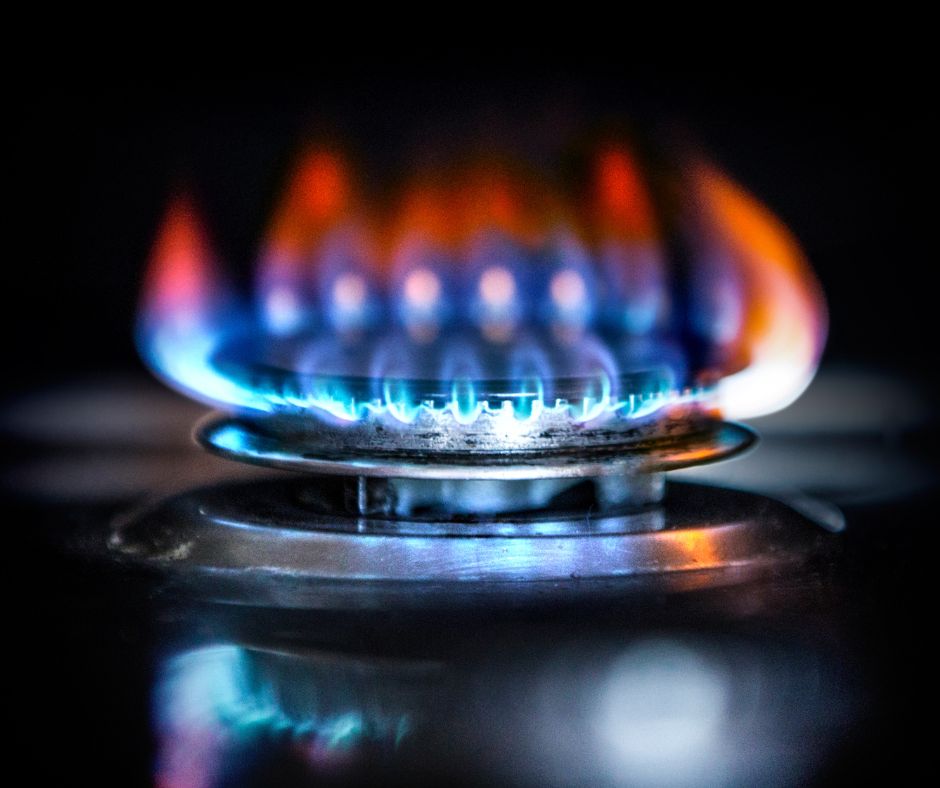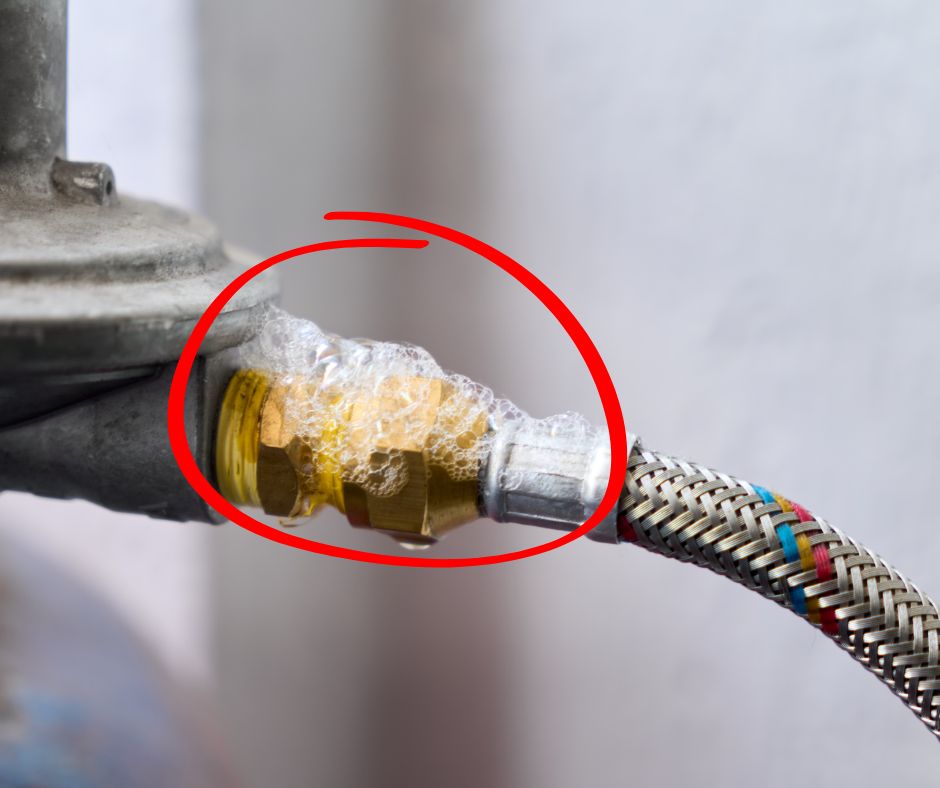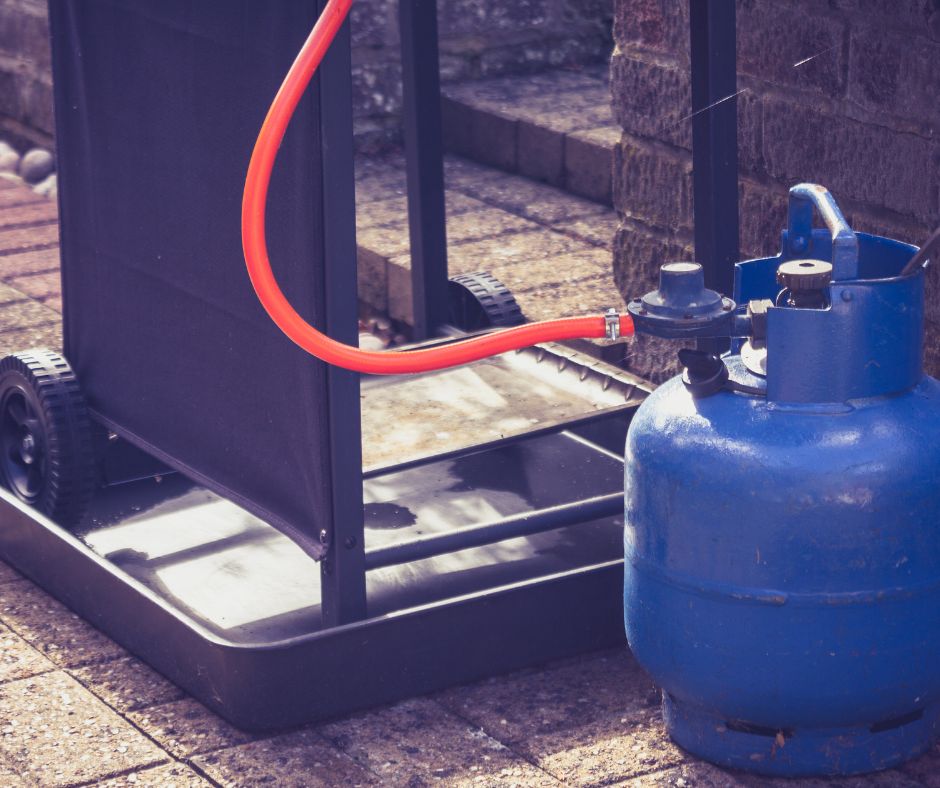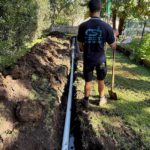Essentially Identifying the Key Indicators of a Gas Leak in Your Home for Optimal Safety
It is crucial to identify the prevalent signs of a gas leak to safeguard your well-being and that of your loved ones. If you detect a potent odour akin to rotten eggs, hear a hissing or whistling sound near your gas appliances or pipes, notice yellow or orange flames instead of the standard blue, or frequently experience unexplained headaches or dizziness, these could all be significant indicators of a gas leak. Additionally, keep an eye out for any wilting plants close to outdoor gas lines, as this could signal a serious problem. Upon noticing any of these concerning signs in your Wollongong home, it is imperative to immediately shut off your gas supply at the meter, ensure proper ventilation by opening windows, and contact a licensed gasfitter for professional help without delay.

When to Reach Out to a Gasfitter: Recognising Emergencies Promptly
Encountering a gas leak is an urgent matter that requires immediate action; procrastination is not an option. Just a single spark can transform a typical household environment into a perilous situation. Gas leaks can arise from various sources, such as faulty connections, ageing appliances, or even corrosion in underground gas lines. Swift detection and prompt intervention are vital in preventing injuries, property damage, or potentially disastrous consequences. Homes in Wollongong, particularly those with outdated gas heaters or poorly ventilated areas, are at a heightened risk if their gas systems are not routinely inspected. This comprehensive guide will equip you with the insights needed to spot a gas leak, the immediate steps to undertake, and the appropriate time to contact a licensed gasfitter for urgent repair work.
Comprehensively Identifying the Major Warning Signs of a Gas Leak in Your Home
1. Detecting the Unique Smell of Rotten Eggs
While natural gas is odourless in its unrefined state, suppliers intentionally add a compound known as mercaptan, which emits a potent, sulfur-like odour, to aid in leak detection. If you suddenly notice a distinct smell reminiscent of rotten eggs, it is crucial to take this warning seriously. This unmistakable scent serves as an immediate signal that gas may be escaping within your residence, demanding swift action to ensure the safety of all occupants.
2. Listening for Hissing or Whistling Sounds Near Your Gas Appliances
A significant indicator of a gas leak can be the sound of gas escaping under pressure from a pipe or hose, often generating a soft yet discernible hissing noise. If you hear such sounds near your gas appliances or close to gas lines, it may signify a leak. Always remain alert and investigate any unusual auditory cues, as they can represent a critical safety issue that necessitates immediate professional assessment.
3. Observing Flames with Unusual Colours in Your Appliances
Gas cooktops and heaters are designed to burn with a clean and vivid blue flame. Should you notice that the flames are yellow or orange, or if they flicker erratically, this may indicate incomplete combustion, potentially caused by gas leaks or blockages within the system. Observing such discoloured flames is an important warning sign that something may be wrong with your gas appliances, and it requires immediate investigation to prevent further complications.
4. Recognising Unexplained Physical Symptoms Among Household Members
If you or your family members frequently experience headaches, dizziness, nausea, or fatigue while inside your home, these physical symptoms might suggest gas exposure or a buildup of carbon monoxide in an enclosed space. Such reactions are serious and should not be disregarded. It is essential to acknowledge these symptoms and take the necessary precautions, as they may indicate a hazardous situation that requires urgent attention from a licensed gasfitter.
5. Noticing Wilting Houseplants or Dying Outdoor Flora
Gas leaks that occur near outdoor gas lines or under slab connections can lead to the gradual decay of nearby plants and foliage. This occurs because the escaped gas displaces oxygen in the soil, making it challenging for plants to thrive. If you observe wilting or dying houseplants or outdoor vegetation in the vicinity of these areas, it may signal a gas leak that necessitates immediate evaluation by a qualified professional.

Essential Actions to Undertake If You Suspect a Gas Leak
1. Promptly Shut Off the Gas Supply
Locate your gas meter and turn the valve clockwise to shut off the gas supply to your home. This valve is typically positioned on an exterior wall, either at the front or side of the residence. Acting swiftly at this stage is critical for ensuring safety and minimising risk.
2. Avoid Engaging Any Electrical Devices
Do not turn on lights, appliances, or any electrical outlets. Even the smallest spark from an electronic device can ignite leaked gas, leading to potentially catastrophic results. Maintain a safe distance from any electrical sources until the situation has been thoroughly assessed.
3. Open All Windows and Doors for Adequate Airflow
Ensuring proper ventilation is vital for alleviating the dangers associated with gas accumulation. Open all windows and doors to facilitate fresh air circulation; cross-breezes are particularly effective in dispersing accumulated gas. This step is crucial for reducing the concentration of gas in the atmosphere.
4. Do Not Attempt Repairs Independently
Only licensed gasfitters are legally authorised to repair or reconnect gas systems in NSW. Any attempt to meddle with the system can introduce further risks and may void your insurance policies. It is vital to leave repairs to qualified professionals who possess the necessary expertise and training to handle such situations safely.
5. Contact a Licensed Gasfitter Without Hesitation
If you suspect a gas leak, promptly reach out to a licensed gasfitter for emergency response services in Wollongong and surrounding suburbs. Connect with CS Plumbing’s licensed gas services or our 24/7 emergency plumbing team for immediate and professional assistance.
Understanding Compliance with NSW Gas Safety Regulations for Your Home
In New South Wales, all gasfitting work must adhere to the Gas and Electricity (Consumer Safety) Act 2017, ensuring that the highest safety standards are upheld. All gas-related work must be conducted by a licensed gasfitter to comply with these essential regulations and guidelines.
After any regulated work is completed, it is advisable to request a Certificate of Compliance to verify that all safety standards have been satisfactorily met. As a homeowner in Wollongong, you hold the legal responsibility for ensuring that your gas appliances and installations are maintained and repaired exclusively by licensed professionals, thereby safeguarding both your property and your family’s health.
Proactive Measures to Prevent Future Gas Leaks in Your Home
- Schedule yearly gas safety inspections, particularly before the winter heating season to ensure all systems are functioning correctly.
- Replace outdated flexible gas hoses and bayonet fittings that appear cracked or brittle to avert potential leaks.
- Keep vents and exhausts free from obstructions to guarantee optimal airflow and prevent gas accumulation.
- Regularly inspect for signs of corrosion on outdoor connections, particularly following heavy rainfall or exposure to coastal environments.
- Utilise only branded, certified gas appliances to ensure optimal safety and efficiency in your home.

The Article: Detect and Respond to a Gas Leak in Your Wollongong Home first appeared on https://writebuff.com
The Article Gas Leak Detection and Response for Your Wollongong Home Was Found On https://limitsofstrategy.com

